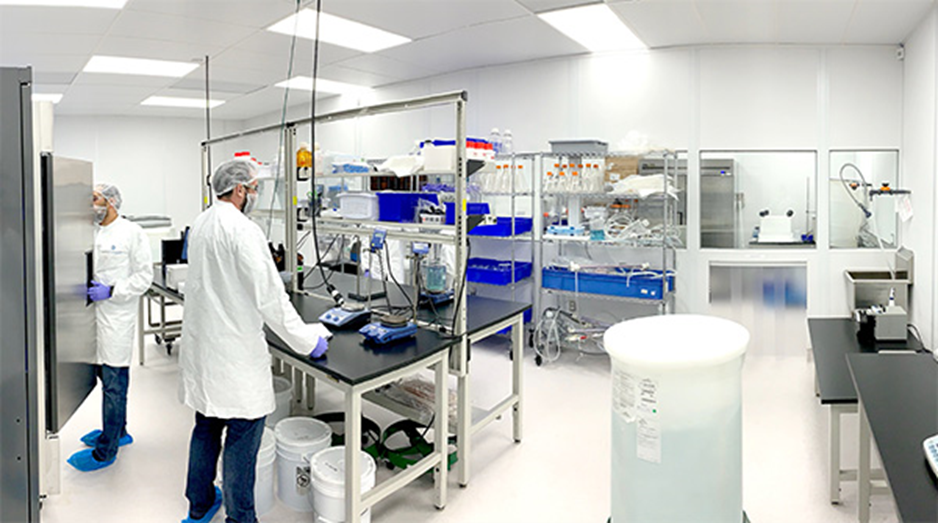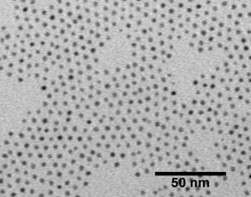
With its acquisition of nanoComposix, fast-growing Fortis Life Sciences is emerging as a new force in the field of magnetic particle development and manufacturing. The venture capital-backed firm acquired nanomaterials company nanoComposix and three others in its first year of operations, while signaling that more deals are on the way.

The nanoComposix acquisition brings aboard an extensive portfolio of magnetic and other nano-particle products as well as the capability to serve as a contract manufacturer of particles for other life sciences companies and for industrial applications. Focused on solutions for assay development and diagnostics, since 2004 nanoComposix has built a comprehensive nanomaterials portfolio for drug delivery, diagnostics and imaging, as well as industrial applications. The combination of nanoComposix with other Fortis portfolio companies is expected to lead to a powerful synergy within the life science reagent space.

Recently, nanoComposix focused its efforts on the life sciences market and has seen rapid adoption of its nanoparticles in a wider variety of diagnostic and therapeutic applications. “Combining our unique nanoparticle products with accelerated development services has led to an explosion of interest in our nanoparticles and their applications,” commented founder Steve Oldenburg when the transaction closed in 2021. “Fortis is the perfect growth partner for us to continue to provide our customers with world-class support in this dynamic market.”

“We’re incredibly fortunate to have these companies integrated into the Fortis organization,” said Brian Kim, chief executive offficer of Fortis, headquartered in Waltham, Massachusetts. Established in August 2020 by a team of life science industry veterans in collaboration with global growth equity investor Summit Partners, Fortis specializes in acquiring founder-led biotech company and plans to continue acquiring and investing in more partner companies.
Headquartered in San Diego, California, nanoComposix has extensive experience with the synthesis and development of complex nanomaterials and coatings, and has produced a broad assortment of well-characterized, precisely-tuned magnetic nanoparticles as standard products and on a custom basis.

Microscope image of 300 nm gold nanoshells
Its magnetic-plasmonic gold nanoshells, for example, typically consist of a dielectric core, a thin layer of silica and a uniformly thin outer layer of gold with unique and tunable optical properties. This material can be used for medical diagnostic assays and photothermal therapies. The company has fabricated magnetic-responsive versions of these materials using superparamagnetic nanoparticle cores coated with a silica spacer followed by a gold shell. The optical properties can be tuned by adjusting the overall particle size or the diameter of the gold shell. The gold surface provides a useful substrate for functionalization with biological molecules or other custom surface functionality. The reaction conditions have been tuned to modify sizes between 100–300 nm.
It has also fabricated magnetic-fluorescent composite particles, consisting of a magnetic core, silica spacer and fluorescent quantum dots covalently bound to the silica surface. The quantum dots are functionalized to allow further coupling of biomolecules or other molecules.

Iron oxide nanoparticles with a diameter of ~60 nm have been fabricated, coated with uniform silica shells and quantum dots covalently bound for a final particle of ~100 nm. The reaction conditions can be tuned to modify the size of the core and shell thickness, and quantum dots with different emission properties can be substituted to produce samples with tailored fluorescence.

A wide variety of magnetic nanomaterials can be produced via the thermal decomposition of organometallic precursors at high temperature in organic solvents, producing highly monodisperse, organic-solvent compatible nanoparticles. Iron oxide nanoparticles coated with oleic acid can range from 4 to 20 nm in diameter by modifying reaction conditions, and easily dispersed into a wide variety of organic solvents. The particles can be transferred into aqueous-compatible solvents by modifying the surface or by growing a uniform silica coating around the particles. They can be further customized with surface functionality tailored for specific applications.

Overall, a wide variety of magnetic metal ferrite and alloy nanoparticles can be produced with customizable sizes, shapes and compositions. The size and iron-to-platinum ratio can be adjusted to alter the magnetic and catalytic properties. Monodisperse iron platinum (FePt) nanoparticles have been fabricated with diameters of approximately 3 nm. For more info, see www.fortislife.com and www.nanocomposix.com.



